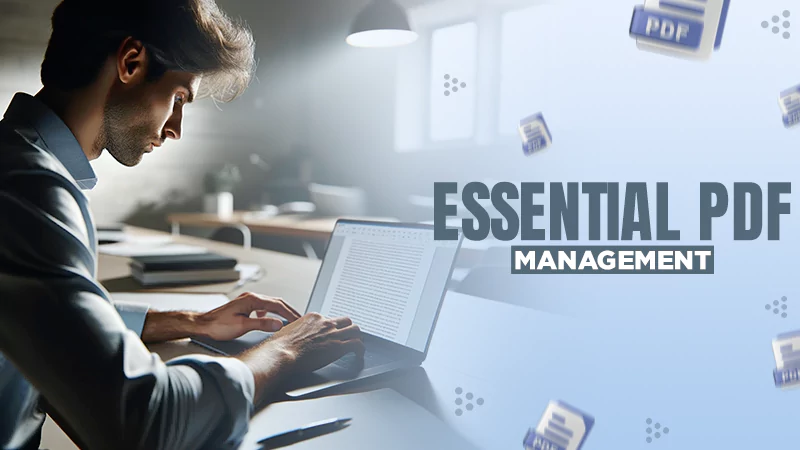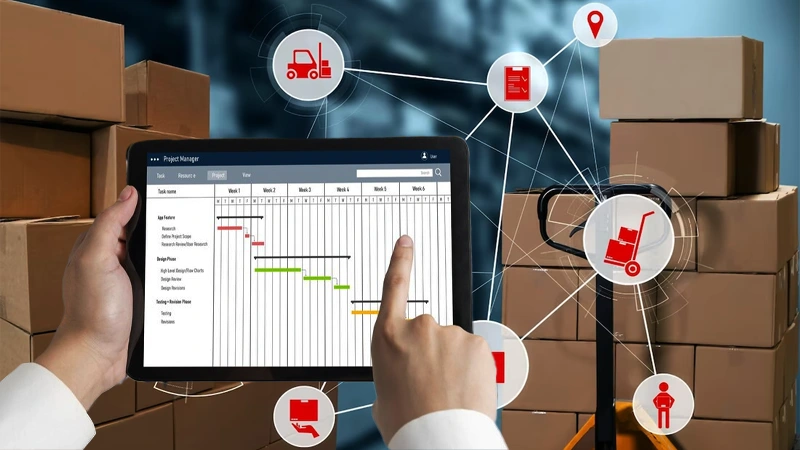7 Tips For Effective Accounts Receivable Management
It is not a secret that managing accounts receivable is one of the most important tasks for any company, especially in today’s business scene.
Liquidity is a core part of the financial management of a business. Without it, you can easily compromise the operational resilience and flexibility of a company.
Simply speaking, liquidity means the availability of cash or convertible assets that can be easily transformed into money in times of need.
So, how do you make your accounts receivable management work? What are some best practices?
In this article, we discuss how to improve your accounts receivable management and reduce the risk of generating bad debt.
Managed Accounts Receivable: Everything You Need To Know
You know, managed accounts receivable services need the use of auto-tools and systems to simplify and optimize the process of managing a company’s outstanding receivables.
Here are five key points explaining how these automated tools work:
1. Invoice Generation and Distribution
Many automatic tools are used to quickly and accurately generate invoices. These tools are programmed to create bills based on the sales data and distribute them to clients through different channels
Automated tools help generate invoices promptly and accurately. These tools can be programmed to create invoices based on sales data and distribute them to clients through different channels (like emails or online portals).
DID YOU KNOW?
26% of payment delays are caused by incorrect information on invoices.
2. Payment Tracking and Reminders
These systems keep track of all payment statuses in real-time. With Accounts receivable management (ARM), it is also possible to send upcoming or overdue reminders to the clients. This can reduce the chances of any delayed or missed payments and improve cash flow.
3. Integration with Accounting Systems
ARM services can very easily integrate with many accounting systems pretty seamlessly. This means that the financial data will remain the same across most platforms, and the chance of any errors happening can be reduced.
With this, we are also able to have a comprehensive view of the company’s financial health.
4. Data Analysis for Predictive Insights
With the help of these tools, you can easily track down any historical payment data and get some great insights into your business’s cash flow. By identifying these patterns and trends, it becomes possible for you to make more informed decisions related to your business’s credit, customer relationships, etc.
5. Automation of Collection Processes
With automation, it also becomes pretty easy to simplify the whole collection process in its entirety. Things like sending follow-up emails and generating collection letters, etc., will all be done by the software.
With this, you can pretty much remove almost all of your business’s paperwork needs.
Best Practices For Effective AR
If you have not been trained in the art of accounting, finance, or credit control, it can be easy to underestimate the importance of managing accounts receivable.
And, managing accounts receivable is pretty much an all-time task that never ends.
So, if you want to manage your business well, here are some of the industry’s best practices that will help you in this endeavor:
1. Clear and Transparent Invoicing
You need to make sure that your invoices are clear and accurate and list all the charges transparently. Plus, listing all other relevant details like product or service charges, prices, payment terms, etc will pretty much reduce the chances of any kind of misunderstanding happening. This can also build trust with your clients.
2. Set Clear Credit Policies
Also, communicating your credit policies clearly with the clients can help you get more timely payments. Perform thorough credit checks on any new customers, assess their creditworthiness, and set their credit limits accordingly.
3. Implement Automated Systems
You also need to take advantage of the latest technologies. Automating your invoices can reduce the need to track your payments and provide communication for delays or overdue payments with your clients. The software handles it all. This also reduces the chances of any invoicing errors happening, thereby making any of your accounts receivable management more consistent.
4. Offer Incentives for Early Payments
Well, offering incentives to your clients is also not a bad idea. Giving them discounts when they make early or consistent payments can motivate them to build the habit of paying early. This also helps build stronger relationships with your clients as well as loyalty.
5. Establish a Consistent Follow-Up Process
Well, even after all this, there will still be some clients who may forget to pay you. Build a habit of pinging clients who are always late in their payments.
Set up a system for escalation of your collection efforts if the payments are still overdue.
6. Build Strong Customer Relationships
Open communication with your customers can help you build strong relationships and loyalty. You need to check in with them to get to know them better. Follow up on your services and get regular feedback. Work with them to find solutions for any delays.
This will help you create a strong relationship with your clients.
7. Regularly Monitor and Analyze Receivables
You also need to regularly keep track of your accounts receivable with the help of some key performance indicators (KPIs) and analytics. Keep track of metrics like the average collection period, the aging of receivables, and the percentage of overdue payments. This way, you can analyze and adjust your strategies as they are needed.

The global accounts receivable automation market is expected to be worth $6.5 billion by 2027.
Conclusion
Well, now that we have a basic understanding of what accounts receivables are and have also taken a look at some of the best practices for accounts receivable management, it is time you put them into action.
By putting even a few of these tips into practice, you can easily get your accounts receivable in order and also improve your cash flow.









